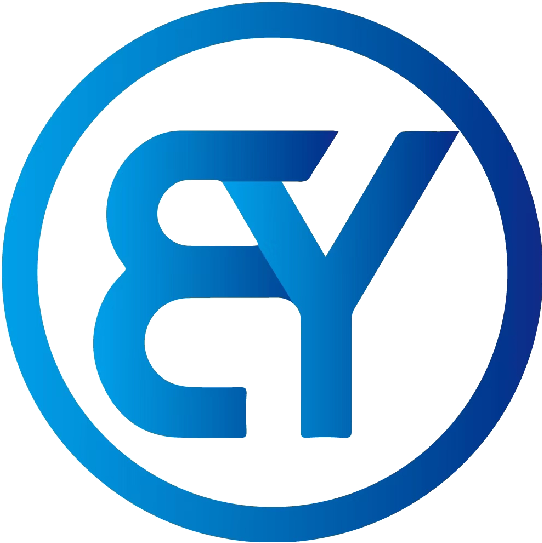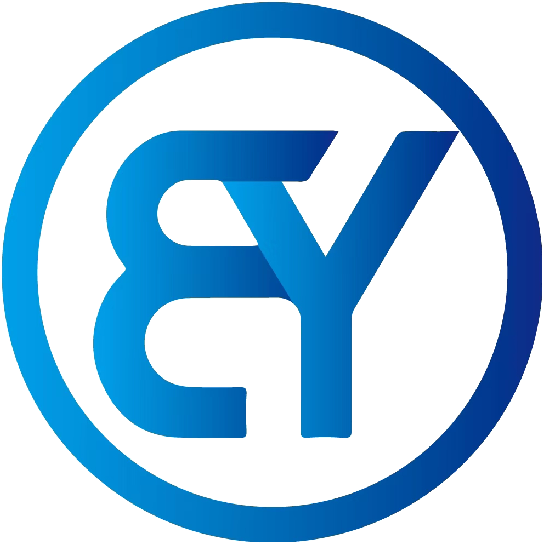Comparing Copper Pipes for Air Conditioning: L vs K vs M
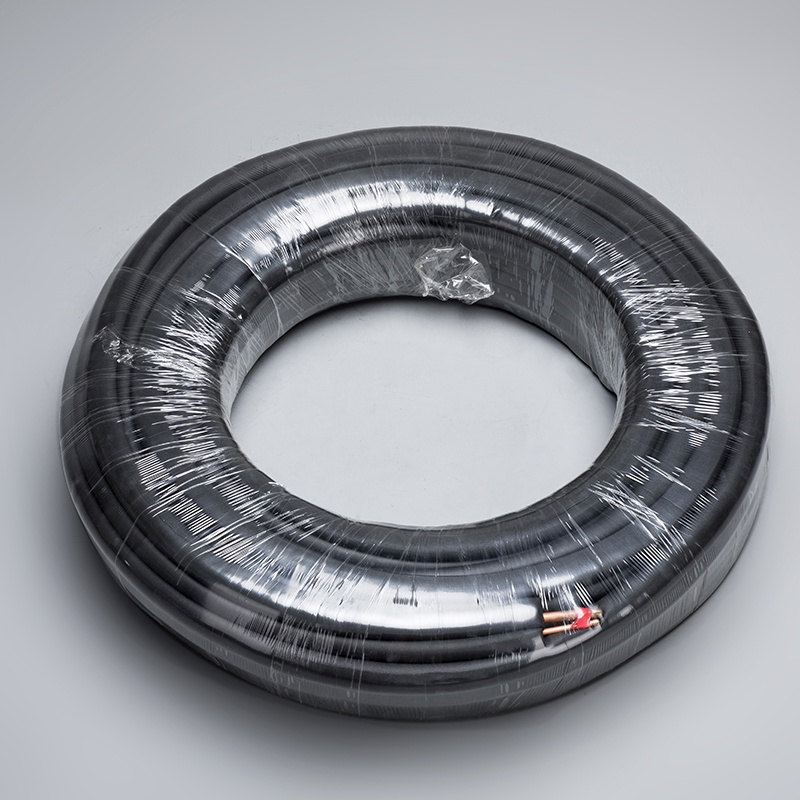
Selecting the appropriate copper pipe for air conditioning systems is crucial. Type L, Type K, and Type M are the primary copper pipe variants used. This blog aims to write a comparison post on comparing different types of copper pipes for air conditioning based on key attributes, aiding in informed decision-making for air conditioning installations.
Understanding Copper Pipe Types
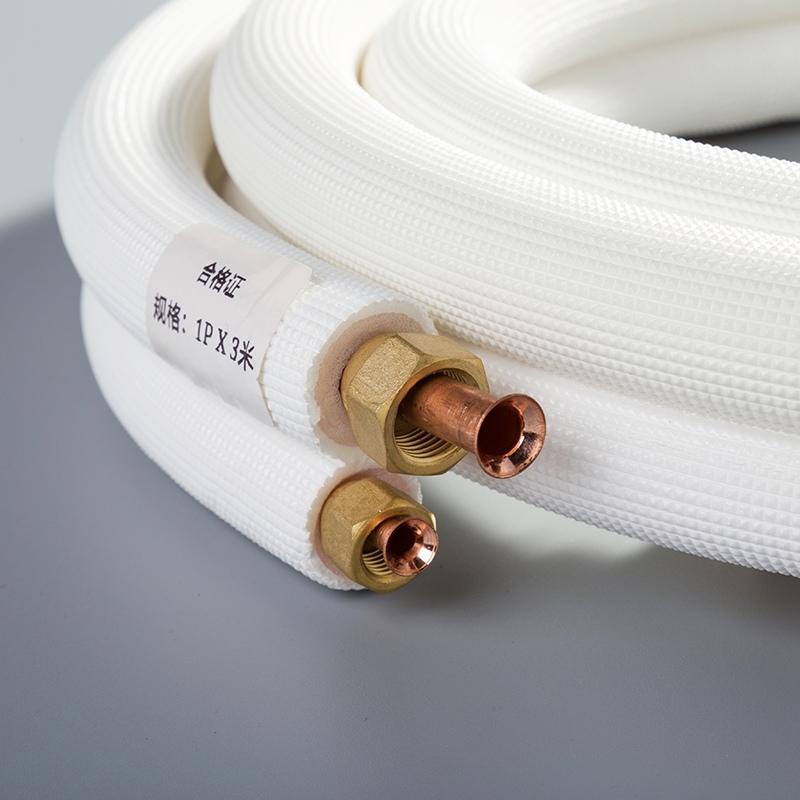
Type L Copper Pipes
Characteristics
Type L copper pipes are commonly used for interior plumbing, fire protection, and some HVAC applications.
Available in both rigid and flexible forms, they can be utilized with sweat, compression, and flare fittings.
Considered the most common type of copper piping due to its versatility across various applications.
Advantages
Type L copper pipes are suitable for a wide range of applications compared to other types like Type K.
The flexibility of Type L pipes allows for easy repair or replacement of old water lines.
They can be used outdoors as well, making them versatile for different installation scenarios.
Disadvantages
Despite their versatility, Type L copper pipes are thinner than Type K, which may impact their durability in certain high-pressure environments.
Rigid Type L tubing is more durable than flexible ones but may come at a higher cost for installations that require sturdier materials.
Type K Copper Pipes
Characteristics
Type K copper pipes have the thickest wall among the common types of copper piping.
Widely used in water distribution, fire protection, oil systems, HVAC applications, and more in construction projects.
Available in both rigid and flexible forms compatible with flared and compression fittings.
Advantages
The thickness of Type K pipes makes them highly resilient to external forces and pressure variations.
Recommended for main water lines and underground installations due to their strength and durability.
Suitable for demanding environments where backfilled earth or other pressures could compromise lesser pipe types.
Disadvantages
Not approved for natural gas applications due to the potential damage the gas environment can cause to joints on these pipes.
Type M Copper Pipes
Characteristics
Type M copper pipes have a thinner wall compared to both Type K and L variants.
Primarily used for domestic water service and vacuum systems in residential settings.
Offered in rigid and flexible forms compatible with sweat, compression, and flare fittings.
Advantages
Cost-effective option due to less material usage resulting from the thinner walls of Type M pipes.
Ideal for light domestic water lines where local codes permit their usage.
Disadvantages
The thin walls of Type M pipes may limit their application range based on specific plumbing codes that restrict their use.
Comparative Analysis
Durability
Type L
Type L copper pipes are known for their durability, lasting around 80-100 years in various applications.
The thicker walls of Type L pipes contribute to their longevity, making them a reliable choice for long-term installations.
Their durability is particularly advantageous in scenarios where the pipes are exposed to high pressures or external forces.
Type K
Type K copper pipes excel in durability due to their thick walls, offering exceptional strength and resilience.
With a lifespan comparable to that of Type L pipes, Type K is ideal for applications requiring robust and long-lasting piping solutions.
The superior durability of Type K makes it a preferred choice for underground installations and areas prone to external damage.
Type M
Despite being thinner than both Type K and L, Type M copper pipes still offer decent durability for specific applications.
Typically lasting around 20-30 years according to plumbers, Type M is suitable for light domestic water lines and vacuum systems.
While not as durable as Type K or L, Type M remains a cost-effective option for less demanding environments.
Cost
Type L
Comparing the cost between different types of copper pipes reveals that Type L is often more affordable than its counterparts.
Homeowners frequently opt for Type L due to its cost-effectiveness, especially in large projects where expenses need careful consideration.
The lower cost of Type L makes it an attractive choice without compromising on quality or performance.
Type K
In terms of cost, Type K copper pipes are typically pricier compared to other common types like Type M.
Despite the higher price tag, the exceptional durability and strength of Type K justify the investment in critical applications.
Professionals recommend using Type K where budget allows for enhanced longevity and reliability over time.
Type M
When considering costs, it's evident that Type M offers a more budget-friendly alternative among copper pipe options.
Due to their thinner walls requiring less material usage, Type M provides a cost-effective solution for specific plumbing needs.
While not as durable as other types, the affordability of Type M makes it an appealing choice for certain residential applications.
Installation
Type L
Installing Type L copper pipes is straightforward and efficient due to their flexibility and compatibility with various fittings.
Whether used indoors or outdoors, the versatility of Type L simplifies installation processes across different environments.
Professionals favor using Type L in scenarios where ease of installation is crucial without compromising on quality.
Type K
The installation process for type k copper pipes involves specialized techniques due to their thickness and strength requirements.
Despite being more challenging to work with compared to other types, type k ensures secure installations in demanding settings like underground projects.
Professionals recommend using type k when stringent installation standards are necessary.
Type M
For simple installations requiring basic plumbing needs, type m copper pipes offer a straightforward setup process due to their lightweight design.
The flexibility and adaptability of type m make them suitable for quick installations in residential settings with minimal complexity involved.
While not as robust as other types, type m remains a convenient choice for projects prioritizing easy and efficient installation methods.
Maintenance
Type L
Comparison: When comparing maintenance requirements between Type L and other copper pipe types, it is essential to consider the durability and longevity of each option.
Inspecting Type L copper pipes regularly is crucial to ensure their integrity over time.
Cleaning the exterior of Type L pipes can help prevent corrosion and maintain their appearance.
Applying protective coatings to Type L pipes can enhance their resistance to environmental factors.
Type K
Comparison: The maintenance of Type K copper pipes differs slightly from other variants due to their thicker walls and increased durability.
Regularly checking for leaks or damage in Type K pipes is necessary to prevent potential issues.
Protecting Type K pipes from physical damage or excessive pressure is vital for maintaining their structural integrity.
Periodically flushing out debris or mineral buildup from Type K pipes can help optimize their performance.
Type M
Comparison: Maintaining Type M copper pipes involves specific considerations due to their thinner walls and lighter construction.
Monitoring the water flow in Type M pipes is essential to detect any blockages or restrictions early on.
Insulating Type M pipes in colder climates can prevent freezing and potential damage during winter months.
Conducting regular pressure tests on Type M pipes ensures they meet performance standards and remain leak-free.
Application Scenarios
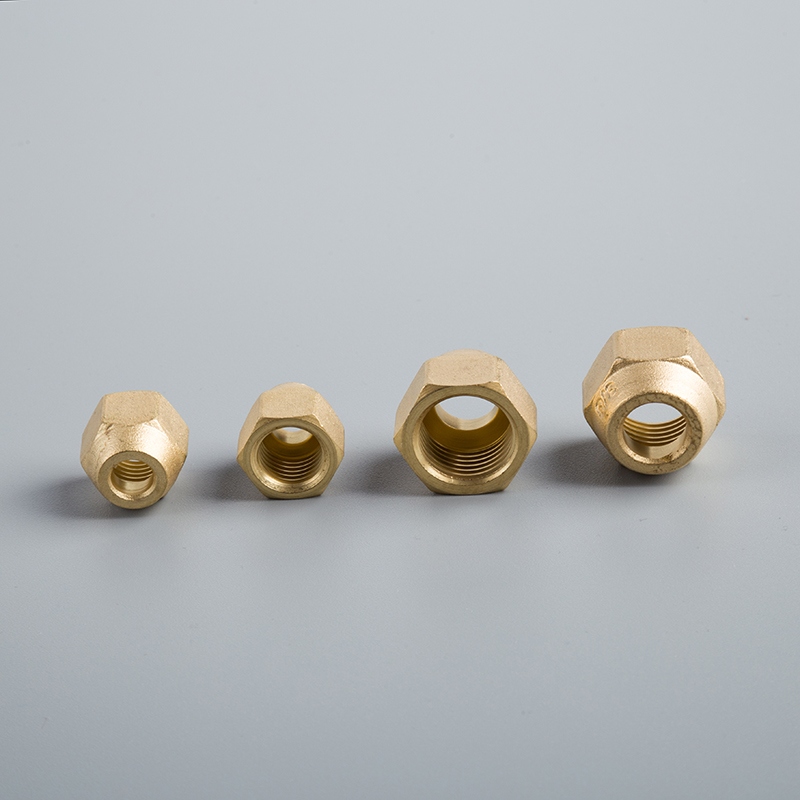
Residential Air Conditioning
Best Type
Type L copper pipes are often the preferred choice for residential air conditioning systems due to their durability and versatility.
The thicker walls of Type L pipes ensure long-lasting performance, making them suitable for both indoor and outdoor installations.
Homeowners benefit from the cost-effectiveness of Type L, providing reliable cooling solutions without compromising quality.
Considerations
When considering residential air conditioning projects, homeowners should prioritize the longevity and strength offered by Type L copper pipes.
Ensuring proper installation techniques are employed can maximize the efficiency and lifespan of Type L pipes in residential settings.
Regular maintenance checks on Type L pipes help prevent potential issues and maintain optimal air conditioning performance over time.
Commercial Air Conditioning
Best Type
In commercial air conditioning applications, Type K copper pipes stand out as the ideal choice for robust and high-pressure environments.
The exceptional strength and durability of Type K make it suitable for demanding commercial settings where reliability is paramount.
Professionals recommend using Type K for main water lines and underground installations in commercial buildings to ensure long-term performance.
Considerations
Commercial air conditioning projects benefit from the superior resilience of Type K, ensuring consistent cooling capabilities in high-demand environments.
Prioritizing proper installation practices with Type K pipes is crucial to uphold structural integrity and prevent potential leaks or damages.
Regular inspections and maintenance routines help extend the lifespan of Type K copper pipes in commercial air conditioning systems, ensuring uninterrupted operation.
Industrial Air Conditioning
Best Type
For industrial air conditioning requirements, Type M copper pipes offer a cost-effective solution with adequate durability for light to moderate applications.
The thinner walls of Type M provide flexibility in installations while meeting basic industrial cooling needs effectively.
Industrial facilities can benefit from the affordability and adaptability of Type M, making them a practical choice for specific cooling requirements.
Considerations
When selecting copper piping for industrial air conditioning setups, considering local codes that permit the use of thinner-walled options like Type M is essential.
Implementing regular monitoring protocols ensures that Type M pipes remain functional within industrial settings without compromising performance.
Adhering to recommended maintenance practices prolongs the lifespan of Type M, offering consistent cooling solutions tailored to industrial demands.
Copper pipes play a vital role in air conditioning systems, offering exceptional thermal conductivity and corrosion resistance.
The durability and longevity of Type L, Type K, and Type M copper pipes cater to diverse installation needs, ensuring reliable cooling solutions.
Consider individual requirements when selecting a copper pipe type for air conditioning projects to optimize performance and efficiency.
Urbanization trends driving the demand for air conditioning systems worldwide emphasize the significance of high-quality copper pipes in HVAC applications.
See Also
Benefits of Opting for Copper Tubing in Air Conditioning
Exploring Efficiency: Copper vs. Aluminum Tubing in AC
The Importance of Pure Copper Tubing for Effective AC
Revolutionizing AC with Pure Copper Tubing
Revealing the Cooling Benefits: Pure Copper Tubing in AC Units
